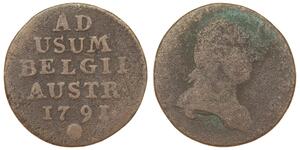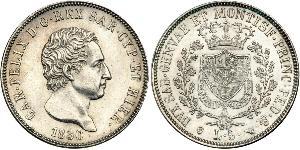(Vendida por $53.0)
1759, Spain, Ferdinand VI. Beautiful Silver 2 Reales Coin. Last Date of Type!
Mint Year: 1759
Reference: KM-386.2.
Mint Mark: S (Seville)
Denomination: 2 Reales (Pistareen)
Condition: Light scratches in fields, otherwise XF!
Assayers: Jose de Villaviciosa and Vicente Diez de la Fuente (JV)
Diameter: 26.3mm
Material: Silver
Weight: 5.61gm
Obverse: Cross with castles and lions in angles within octolobe.
Legend: HISPANIARUM * REX * I759 *
Translateion: "King of the Spains"
Reverse: Crowned spanish flanked by value, mint and assayer letters.
Legend: . FERDINANDUS . VI . D . G . / .R * S. .II-JV.
Translateion: "Ferdinand VI. by the Grace of God"
em>.
Ferdinand VI, (September 23, 1713 – August 10, 1759), King of Spain from 1746 until his death, second son of Philip V, founder of the Spanish Bourbon dynasty (as opposed to the French Bourbons), by his first marriage with Maria Louisa of Savoy, was born at Madrid on September 23, 1713.
When he came to the throne, Spain found itself in the War of the Austrian Succession which ended without any benefit to Spain. He started his reign by eliminating the influence of the widow Queen Elisabeth of Parma and her group of Italian courtesans. As king he followed a steady policy of neutrality in the conflict between France and England, and refused to be tempted by the offers of either into declaring war on the other.
Prominent figures during his reign were the Marquis of Ensenada, a Francophile; and José de Carvajal y Lancaster, a supporter of the alliance with Great Britain. The fight between both ended in 1754 with the death of Carvajal the fall of Ensenada, making Ricardo Wall the new powerful man of the monarchy.
The most important tasks during the reign of Ferdinand VI were carried out by the Marquis of Ensenada, the Secretary of the Treasury, Navy and Indies. He suggested that the state help modernize the country. To him, this was necessary to maintain a position of exterior strength so that France and Great Britain would consider Spain as an ally without supposing Spain's renunciation of its claim to Gibraltar.
Among his reform projects were:
-
New model of the Treasury suggested by Ensenada in 1749. He proposed substitution of the traditional taxes with a special tax, the cadastre, that weighed the economic capacity of each contributor based on their property holdings. He also proposed a reduction of subsidies to by the state to the Cortes and the army. The opposition by the nobility caused the abandonment of the project.
-
The creation of the Giro Real in 1752, a bank favoring the transfer of public and private funds outside of Spain keeping all of the foreign exchanges in the hands of the Royal Treasury, enriching the State. It is considered the predecessor to the Bank of San Carlos, introduced during the reign of Charles III.
-
The stimulation of commerce in the Americas, which tried to end the monopoly in the Indies and eliminate the injustices of colonial commerce. Thus he leaned toward registered ships rather than fleets of ships. The new system consisted of the substitution of the fleets and galleons so that a Spanish ship, previously authorized, could conduct trade freely in the Americas. This increased the revenues and decreased the fraud. Even so, this system provoked many protests among merchants in the private sector.
-
The modernization of the Navy. According to Ensenada, a powerful navy was fundamental to a power with an overseas empire and aspirations of being respected by France and Great Britain. He increased the navy's budget and expanded the capacity of the shipyards of Cádiz, Ferrol, Cartagena and Havana which marked the starting point of the Spanish naval power in the eighteenth century.
-
Church relations which were really tense from start of the reign of Philip V because of the recognition of Charles VI as the King of Spain by the Pope. A regalist policy was maintained that pursued as much political as fiscal objectives and whose decisive achievement was the Concord of 1753. From this the right of Universal Patronage was obtained from Pope Benedict XIV, giving important economic benefits to Crown and a great control over the clergy.
-
Cultural advancement. He helped create the Royal Academy of the Fine Arts of San Fernando in 1752. The noted composer Domenico Scarlatti, music teacher to Maria Barbara, wrote many of his 555 harpsichord sonatas at Ferdinand's court. Beginning in 1737, the popular castrato singer Farinelli was a member of the Spanish court, singing for the royal family and organizing court entertainments, concerts and spectacles.
Only 1$ shipping for each additional item purcheased!
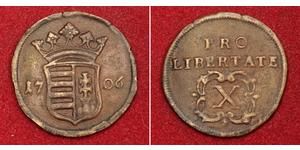
10 Poltura Hungría Cobre Francisco Rákóc ...
grupo tiene 7 monedas / 7 precios
Add coin to this group
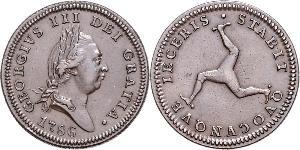
1 Penny Isla de Man Cobre Jorge III (173 ...
grupo tiene 5 monedas / 5 precios
Add coin to this group

10 Reis Reino de Portugal (1139-1910) Co ...
grupo tiene 5 monedas / 5 precios
Add coin to this group
1 Liard Países Bajos Austríacos (1713-1795) Cobre
grupo tiene 7 monedas / 7 precios
⇑
5 Lira Italian city-states Plata Carlos Félix de Cerdeña
grupo tiene 18 monedas / 16 precios
⇑

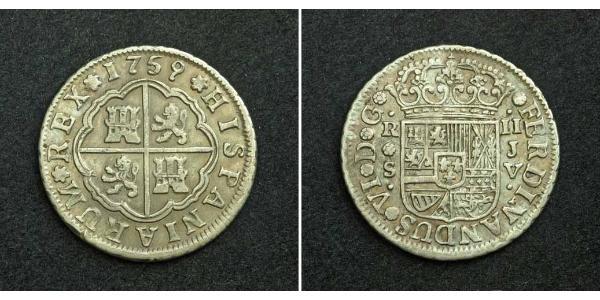











-300-150-NgSsHgTyCiIAAAGW1HxyjNgw.jpg)
